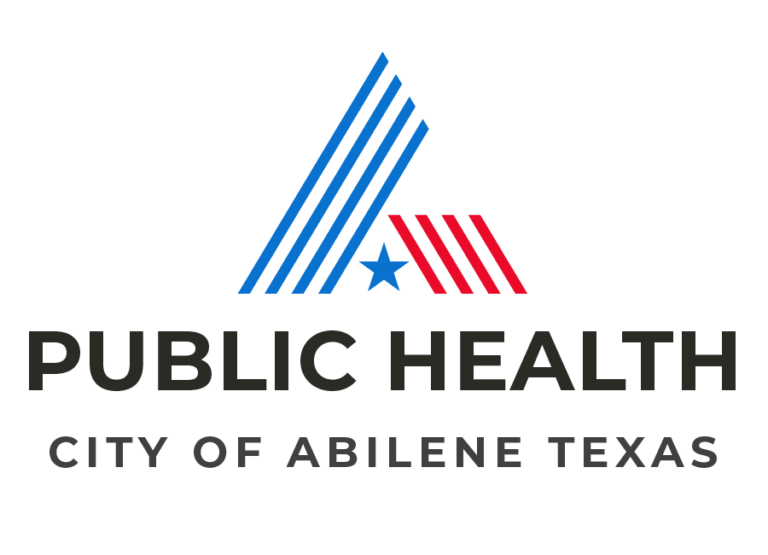Explore the Data
Menu

Data Basics
Take a moment to familiarize yourself with some basic data and statistics terms and best practices.
Terms to Know
- Prevalence: Prevalence is the number of people within a population that has a particular disease or condition at one point in time. Prevalence is most often represented as a percentage of the population.
- Incidence: Incidence is the number of people within a population that develop a particular disease or condition within a certain amount of time (i.e., over the course of a month or a year). Sometimes the incidence is referred to as the number of “new cases”.
- Rate: A rate is a measure of how often something occurs (like a disease) within a population over a specific amount of time. Rates are used in public health to compare the frequency of a disease to other communities or among different groups of people.
- Morbidity: Morbidity is another word for illness, but it can also be a disability or an injury. A person can have numerous morbidities at the same time; this is referred to as comorbidities. Prevalence is commonly used as a measure of morbidity within a population.
- Mortality: Mortality is another word for death. It is the number of deaths caused by a certain disease or condition divided by the total population.
Get the Most Out of the Interactive Maps and Charts
There are a number of maps and charts within the community data section that are interactive.
If on a desktop computer, hover your mouse to view more information. You can also click to learn more, and select different items (example you can click to select a county on the state map)
If you are on a mobile device you can click on elements within the charts and maps to view more details.
Click the home
 icon to reset the chart/map view.
icon to reset the chart/map view.
Deeper Dive
For a deeper inspection of the data, visit the data sources we have referenced at the end of each data section.
The data represented within this page is current as of July 2022


